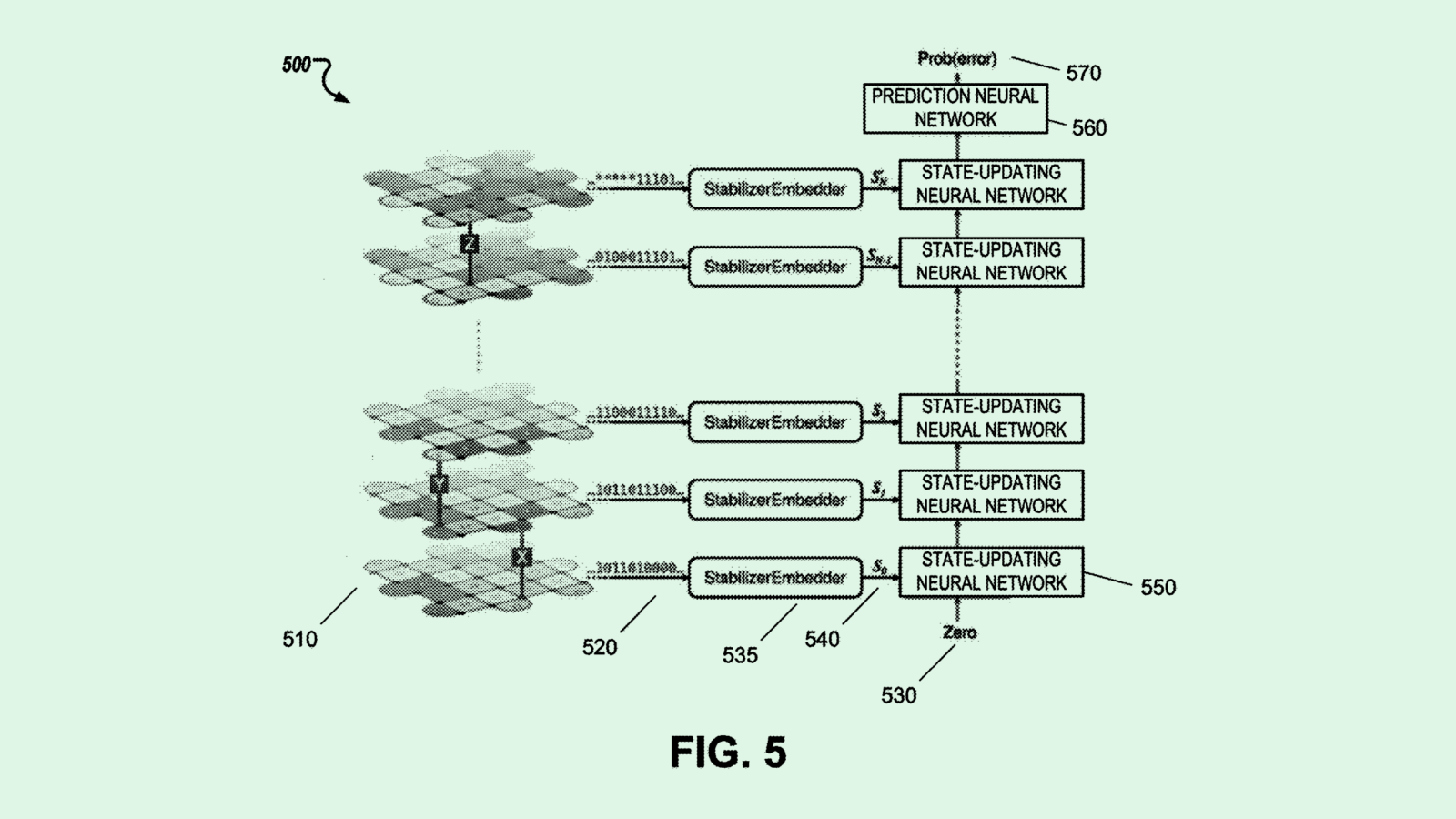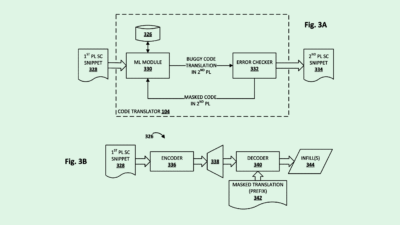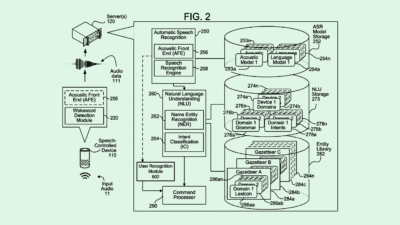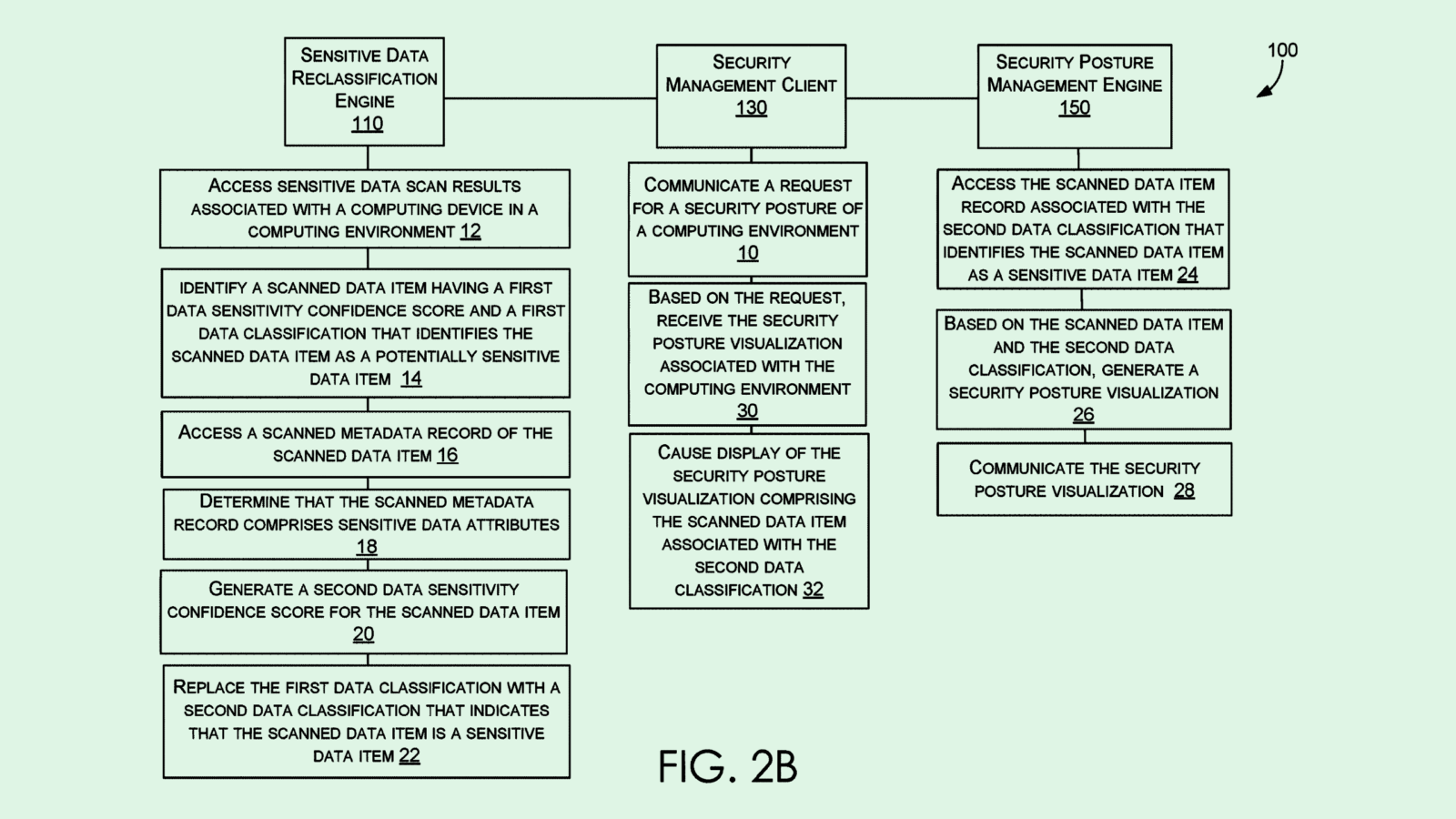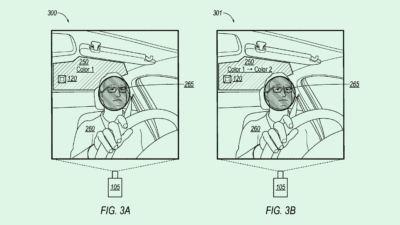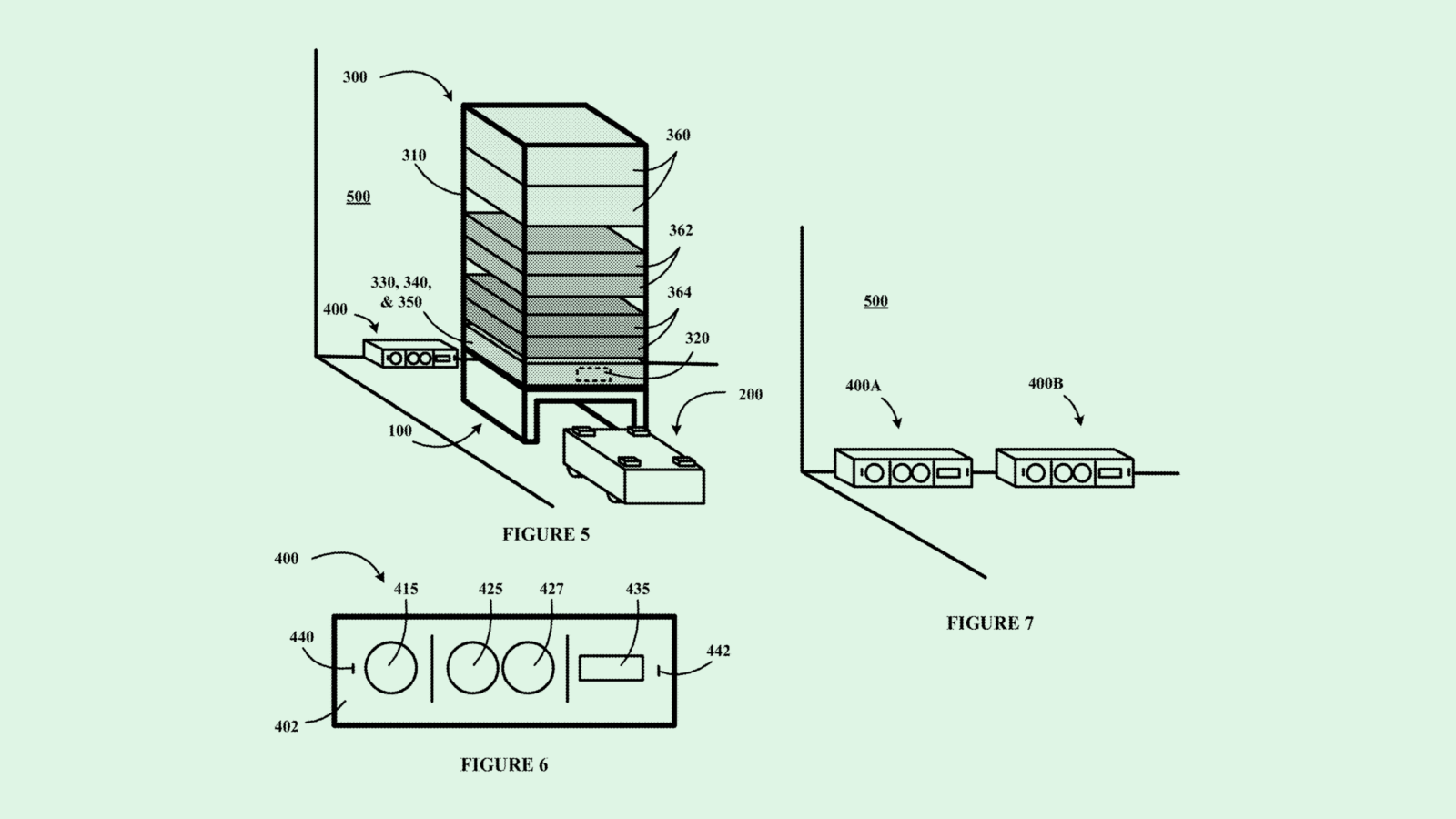Nvidia Robotics, Self-Driving Patents Could Make Its Chips Even More Popular
Autonomous machines may need to be proactive, not reactive, to keep accidents from happening.
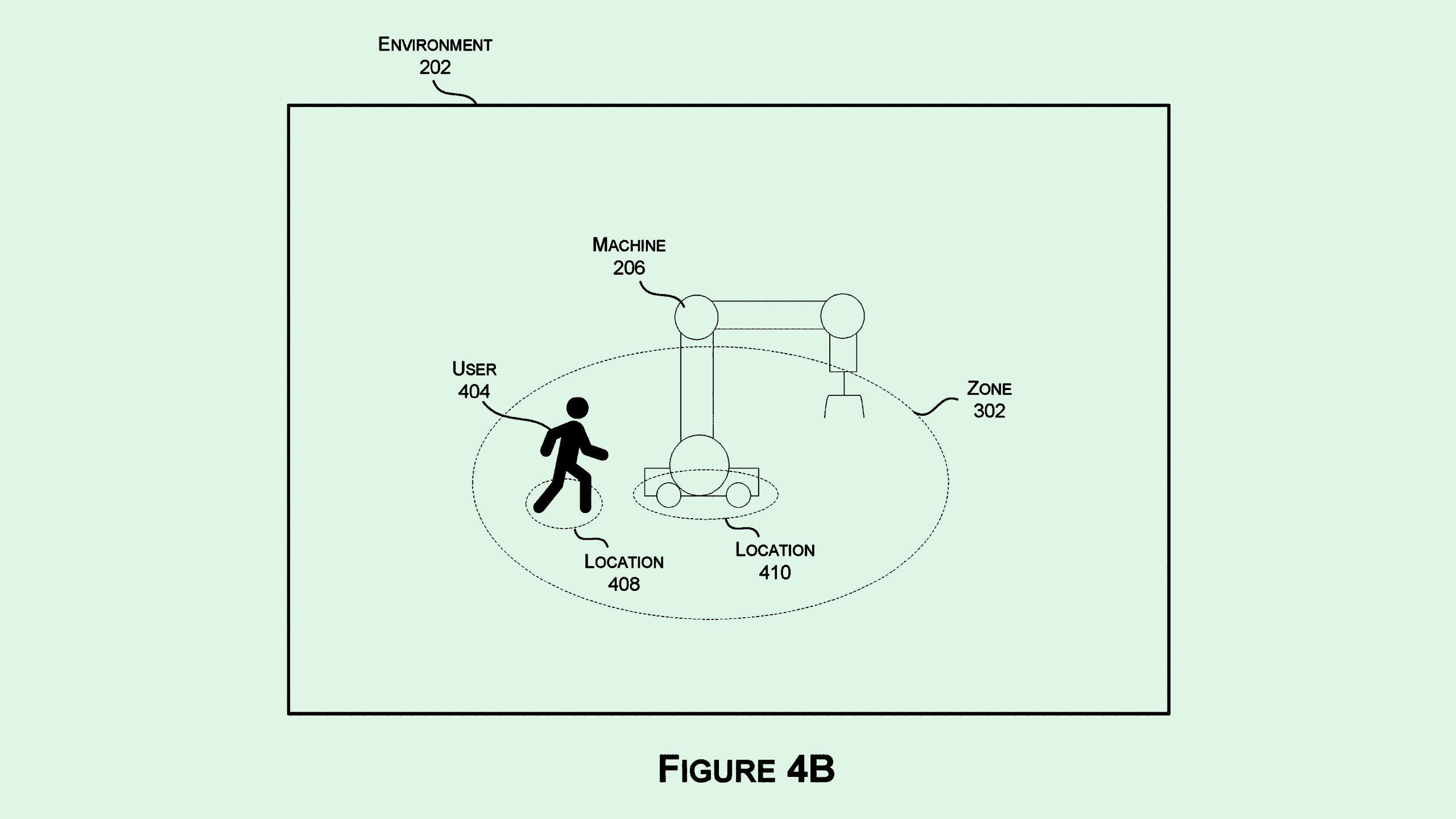
Sign up to uncover the latest in emerging technology.
Nvidia wants to stop accidents before they happen.
The chip giant filed a patent application for providing “proactive safety measures for robotics systems.” Nvidia’s tech uses AI to predict accidents related to autonomous systems and attempt to prevent them.
Conventionally, safety measures involving robotics are taken reactively, Nvidia said. However, “the foreseeable complexity of upcoming tight cooperations between humans and intelligent machines requires a broader understanding of the context that reactive safety measures by themselves struggle to guarantee.”
To take a more proactive approach, Nvidia’s tech flicks an automatic kill switch whenever it senses danger. The system gathers data from equipment in the environment to track the position of different objects or people and identify hazards. Using a neural network, that sensor data is analyzed to determine the likelihood of a potential accident in real time.
Depending on how likely an event is to occur, Nvidia’s tech may trigger safety measures, such as activating a warning signal or shutting down equipment that workers are using.
Nvidia’s tech could also be applied to autonomous vehicles by proactively warning drivers of potential incidents and making maneuvers to avoid them.
With autonomous machines, it’s always better to be proactive than reactive, said Rhonda Dibachi, CEO at Manufacturing-as-a-Service company HeyScottie. On a factory floor, proactive safety could allow you to mitigate workplace incidents that could also impact operations. With a self-driving vehicle, the environment is far less controlled — and potentially even more dangerous.
The difference between Nvidia’s tech and other autonomous safety methods, such as those used by Tesla, is “who is in control here,” said Dibachi. Conventional methods tend to put a machine’s sensors in control, but Nvidia’s patent relies on a “centrally-controlled system” to make safety decisions.
Nvidia’s interest in this tech isn’t new. The company has filed plenty of patents for tech to improve both autonomous driving and robotics decision-making, safety, and reliability.
But these niches are far from the company’s real winner: It continues to rake in billions from its chips business. These patents, Dibachi said, may aim to show off those chips. “This is a tried-and-true business strategy for technology companies,” she said.
“They’re making money hand over fist doing what they’re doing,” said Dibachi. “Nvidia’s saying, ‘I’ve got this shiny new GPU,’ and people look at that and ask, ‘What can you do with it?’ This patent is answering that question.”
And even though Nvidia is an AI industry kingpin as it stands, that dominance could rely on keeping up with the Joneses — whether that be with chip innovations, software for autonomous machines, or developing its own language models.
